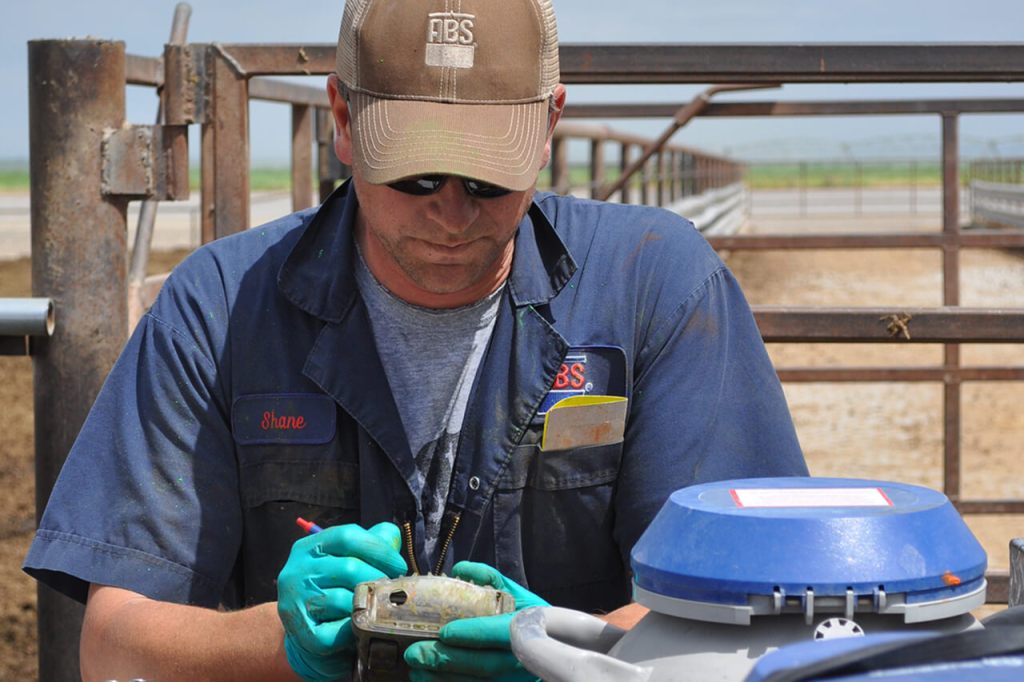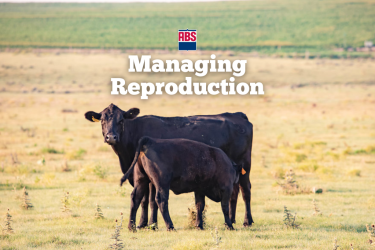Written by Mandy Schmidt for Progressive Dairy
Your sexed semen costs might be higher than they should be, but not because your A.I. sales representative is deceiving you. Many dairies overspend on the volume of sexed semen purchased.
It is easy to overspend without a well-designed plan to implement sexed semen in your reproductive program. Have you ever analyzed what those extra units are costing you beyond semen invoice price? An analysis of sexed-semen management might reveal more expenses than just unit cost and that most expenses are avoidable.
[READ: Hidden Cost of Generic Beef on Dairy]
Inventory management
Overbuying sexed semen is most detrimental to the bottom line starting nine months after using the straw. Replacement heifer surpluses generate expenses quickly. Beyond extra inputs for feed, labor and facilities, hidden costs also exist with more disease in overcrowded heifer groups or extra stress from packed maternity and fresh pens.
Too many heifers usually cause an inflated cull rate and reduce overall profitability. To make space for fresh heifers, dairies often cull deeper than needed on productive older cows. These cows have already paid back rearing costs and are cash-flow positive. Additionally, mature cows have higher production levels and are not designating as much feed toward growth. Culling them out at their peak income-earning phase to make room for first-lactation cows carrying debt can be avoided when you plan to only create the number of heifers needed for your ideal cull rate.
Calculate the number of first-lactation cows needed to freshen annually to replace your operation’s ideal number of culls. Work backward from the goal number of first lactation cows to find how many initial female pregnancies to create. Factor in heifer non-completion rate, goal age at first calving, calving interval, heifer calf dead on arrival (DOA) percent and abortion rate. Using this data, determine the number of sexed units to use per month based on the expected conception rate.
[READ: Sexed Semen & Estrus Detection a Win-Win]
Prioritizing your investment
Sexed semen is one of the most influential genetic tools in our industry. A. I. gives us the ability to select which males should create offspring. Sexed semen and genomic testing let us decide which females should produce the next generation. Because we can control the number of heifers created and do not need every cow or heifer to have a heifer calf, replacements should only come from the most genetically elite females in your herd. This practice rapidly accelerates the rate of genetic gain. Achieve more efficient, profitable cows more quickly.
Overusing sexed semen means propagating a larger genetically inferior population. Extra units are conceiving low-genetic females that you don’t need replacements from. Make their less productive, fertile and healthy genetics terminal: breed them to beef.
Choose the dams of your next generation shrewdly. Quickly make an entire herd of consistent, profitable cows by increasing selection pressure: Only use sexed semen on females that will transmit the genetics you want to the next generation.
Use a genetic index to efficiently rank herd members on priority genetic traits that are valuable to your operation. The most profitable genetic trait combination may or may not correspond with standard industry indexes, such as the Total Performance Index (TPI) or Net Merit (NM$). These recommend trait combinations are for the average cow in the average U.S. operation. Considering the amount of variability that exists between dairies for facilities, milk market, genetic base and environment, don’t be afraid to create a custom genetic index that represents your needs. An annual genetic audit is highly recommended to track your herd’s genetic trends.
Lastly, too many sexed semen units creating too many heifers from genetically unprofitable dams also displaces the opportunity of increasing beef x dairy crossbred pregnancies. Crossbred calves, with a guided marketing plan, can be sold at a premium. This is a more-rapid cash flow option than investing rearing costs into surplus replacement heifers, which can hopefully be sold at least at a breakeven price.
Stop aimlessly slinging straws
If you cross your fingers and hope for the best in your A.I. program, then don’t waste your investment by using the more expensive sexed-semen product line. Use fewer units with fewer times bred when management decisions promote fertile cows. In breeding programs operating at maximum efficiency, very little difference exists between conventional and sexed-semen-product conception rates on heifers and young cows.
Bad reproduction results are rarely from a single influence. Regularly benchmark key performance indicators with a reproductive adviser:
- Is nutrition optimized for reproductive success? This includes preventing high negative energy balance and body condition scoring for all breeding-age heifers and up. Cows or heifers that are too thin or too heavy will initiate a vicious cycle of problems at transition, which leads to delays in conceiving. Then, high-days-open cows tend to be over-conditioned, which results in another round of poor transition and a higher risk for metabolic disorders.
- Are cows healthy and stress-free? Cow comfort, transition programs, appropriate stocking density, disease control, udder health and heat abatement strategies will all influence how easily cows get pregnant.
- Are your maternity pen protocols protecting reproductive tract health? Train employees on appropriate calving intervention steps and take precautions to avoid uterine tract infections with proper sanitation.
- Are you offering adequate training to your employees? Provide continuous opportunities for breeding technicians and synch program team members to gain A.I. program implementation knowledge and refine their skills under professional supervision.
Consistent conception rates also help keep heifer inventory levels controlled and allow for a lean replacement heifer program. When conception rates can be accurately predicted, dairies can use a predetermined number of sexed semen units per month. This creates the correct number of heifers needed, instead of wildly guessing the number of units to use per month, which can lead to future operation inefficiencies.
Plan for success
No, your operating costs are not increasing due to sexed semen being a more costly product line. Strategically implementing sexed semen should financially benefit your operation. Dairies using sexed semen wisely can achieve fast rates of genetic gain and maximize the volume of beef x dairy crossbred calves available to sell. However, blindly using sexed semen without an inventory management plan, or in subpar reproductive situations, is a quick way to lose a lot of cash.
Originally published in Progressive Dairy.




